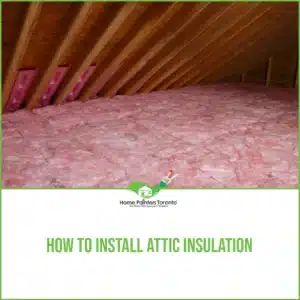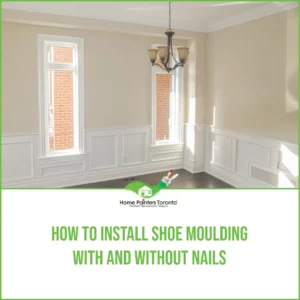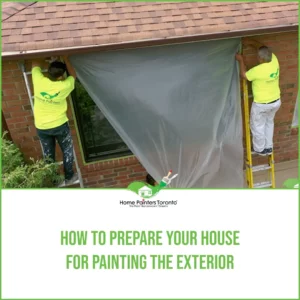
Why install wainscoting? It can give your home an instant style boost. It is often used to elevate the personality of a favourite room. Depending on the type of panel, your space can instantly look more formal, or more casual. Generally, it is added to the lower half of the wall and is either left white or painted in a contrasting colour.
This addition dates back centuries and was first used to protect walls from water damage, and jostled chairs. It was not a symbol of status but instead one of practicality. Today, it is a perfect and elegant guard for formal dining rooms. It can add style to any living room, hallway or bedroom.
Types of Wainscoting
Wainscoting not only serves as a practical solution for wall protection but also significantly enhances the aesthetic appeal of interior spaces. Understanding the various types of wainscoting available can empower you to make informed decisions tailored to your project’s specific needs. Below, we delve into the most common styles of wainscoting ideas, discussing their characteristics, applications, and the thoughtful considerations required to balance functionality, aesthetics, and cost-effectiveness.
Beadboard Wainscoting
Characteristic for its vertical panels and distinctive “bead” or ridge between each board, the beadboard lends a charming, cottage-like feel to spaces. Typically made from wood or MDF, it’s a versatile choice that can complement a wide range of design aesthetics. Beadboard wainscoting is especially suited for casual or coastal interiors. However, in moisture-prone areas, consider using PVC beadboard to mitigate potential warping or water damage.
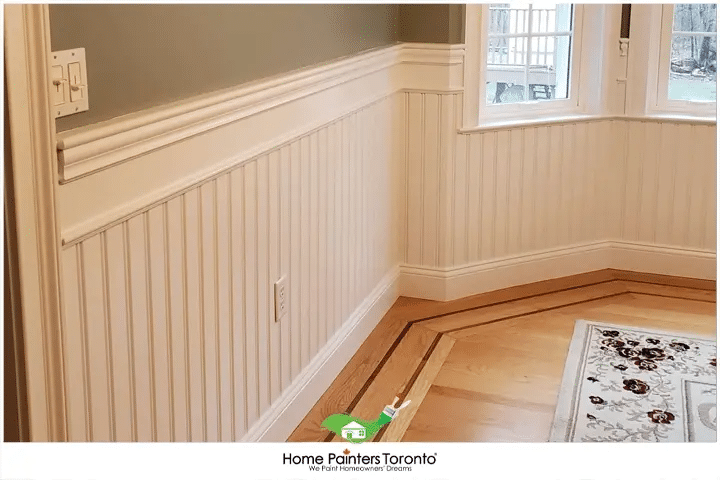
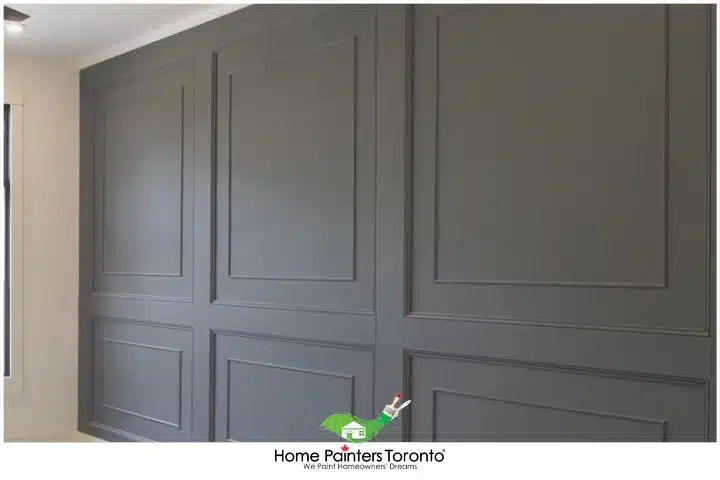
Raised Panel Wainscoting
Emanating elegance and depth, raised panel wainscoting features panels that stand out from the frame, creating a 3-dimensional effect. This type is synonymous with traditional and classical architecture, offering a sophisticated touch to dining rooms, hallways, and more formal living spaces. The intricate designs can pose a challenge in terms of installation and cost but the payoff in visual richness and historic appeal is often worth it.
Flat Panel (Recessed Panel) Wainscoting
Offering a more understated look compared to its raised counterpart, flat panel wainscoting involves panels set back from the surrounding frame, delivering a clean, streamlined appearance. This type is adaptable to both traditional and contemporary interiors, maintaining a balance between subtle decoration and functionality. Flat panel solutions are typically easier to install and can be more cost-effective, making them an excellent choice for projects with tighter budgets or modern design preferences.
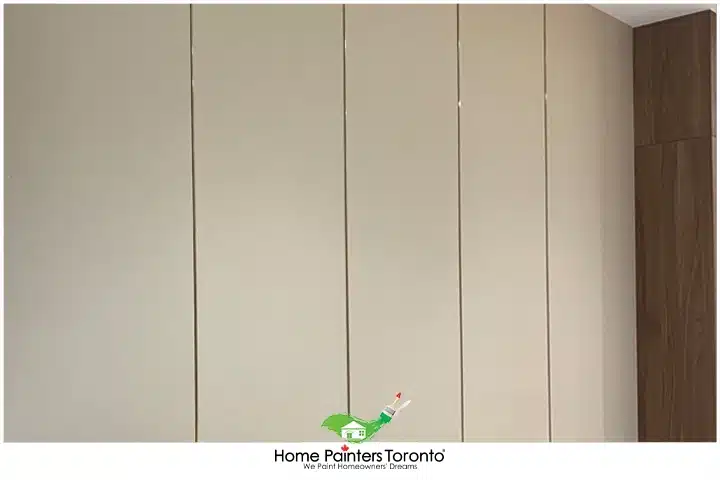
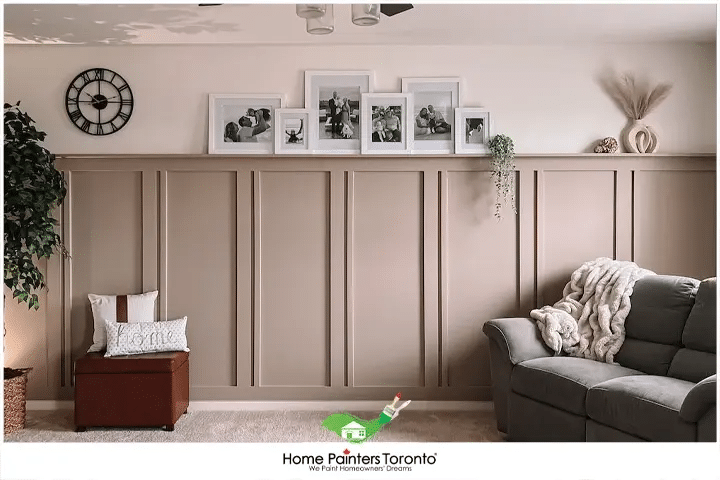
Board and Batten Wainscoting (or Batten and Board)
This type is identified by its pattern of wide boards separated by narrower strips called battens, creating a visually engaging texture ideal for adding character to otherwise plain walls. Board and batten wainscoting is particularly effective in achieving a rustic or farmhouse aesthetic. While it may require more material and labour than simpler styles, its distinct look can significantly elevate a room’s character.
Shadow Box Wainscoting
Incorporating a series of framed boxes or rectangles along the wall, shadow box wainscoting adds depth and dimension to flat surfaces. This style is excellent for creating a visual rhythm in long corridors or spacious rooms, blending well with both classic and contemporary interiors. While installation might be more labour-intensive due to the precision required in framing each box, the outcome is a sophisticated look that enhances the perceived value of the space.
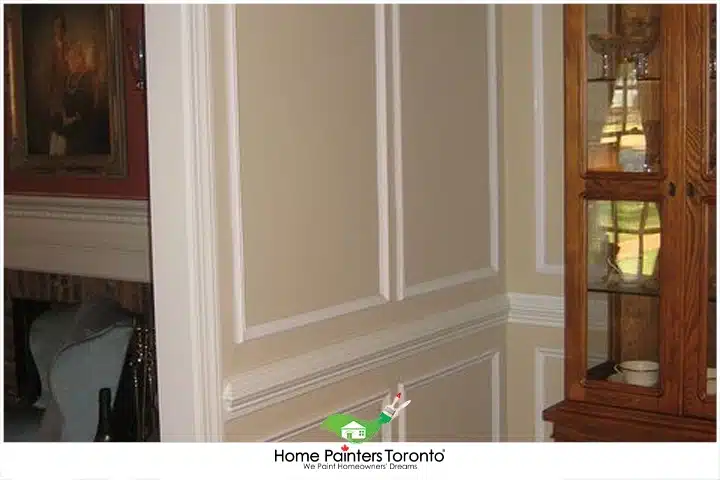
Choosing the Right Wainscoting
Selecting the appropriate type of wainscoting involves more than just considering the desired aesthetic; it’s about achieving harmony between design goals, structural integrity, and cost efficiency. Weigh the material options against the environmental conditions of the space—humidity levels, exposure to sunlight, and potential wear and tear. Understand the implications of each style on the overall project timeline and budget, and ensure that your choice complements the architectural language of the interior.
Choose between the more common raised panel, flat panel, and beaded, though there are a number of specific selections to sift through. When looking to install, the type you choose can say a lot about your room. A raised or flat panel can dress up a space that you wish to make more formal, while board and batten can be perfect for a coastal, cottage, country chic, or relaxed theme.
Instructions To Install Wainscoting
Preparation
Select and Purchase the Right Style For Your Room Research the various looks and materials online before visiting your favourite home-building store
Remove Baseboards & Outlet Covers – Before you begin, you will want to remove your baseboards and outlet covers. If you are planning to reuse the baseboards, you will want to be extra careful with this step. You may need to run a sharp knife into the paint between the baseboard and the wall. You can then use a pry bar to gently pull the baseboard from the wall.
Measure What you have Selected and Mark The Wall – Measure the height of the panels. Then mark a line on the wall at the top. You will want to use a level and extend this line around the perimeter of the room.
Locate The Studs – Panels and boards are held in place by a cap rail and a baseboard nailed into the studs. You will need to locate the stud with a stud finder and mark it at floor level and where the top will be. Do this across the entirety of the area you are covering.
Installation
Placement – Start at a corner. You will take your first panel and nail it in place. Run a wavy line of construction adhesive to several panels. Slip the boards into place, side by side. You will leave a 1/16 inch space between visible edges to allow for expansion from the weather. Be sure to align the top of each panel with your level line. Press the boards to the wall with some pressure.
Whenever the board is over a stud, nail it in place. Hide the nail in the groove along the bead if you can.
Install Cap Rail and Baseboard – You will use a #6 or #8 finishing nail for the cap rail. Mitre inside and outside corners. You will use a #8 finishing nail for the baseboards. Countersink and fill in all nail holes.
Paint Your Work if You Wish – If you’d like to paint the panels and boards, you will want to seal any gaps with caulking and then apply a coat or two of paint. Installation is a fairly straightforward project you can do in a day. If you’re looking for an easy way to improve the style of your room beyond a coat of paint, you may want to consider wainscoting. Panels and painted panels along the bottom half of the room can make a beautiful statement.
Final Reflections
When the dust settles (and has been meticulously cleaned up), take a step back and admire your handiwork. Wainscoting installation, done proficiently, is more than a mere upgrade to a space—it’s the embodiment of craftsmanship meeting design. It’s a testament to the importance of thoughtful detail in the overarching narrative of construction.
Should you encounter hesitation, remember that the most successful installations are those that achieve harmony between functionality and style, ultimately enhancing the lived experience of the space. By embracing the challenges and complexities that wainscoting poses, each of us emerges not only as a better tradesperson but also as a curator of beauty and utility.
MORE INTERESTING BLOGS RELATED TO
“Colour Theory – Neutrals”
Home Painters Toronto can install wainscoting for you. Our professional handyman services are the easiest way to get the job done. We can ensure that everything is level, plumb and done right. Should you wish to even further elevate the look of your space, our professional painting crew can come in and paint too. Give us a call to discuss how we can help change the look of a room or your entire home. We’d love to help.
If the work involved in painting the interior/exterior of your Home or the work to install wainscoting sounds like it takes too much time and energy to do yourself, call 416.494.9095 or email Brian@HomePaintersToronto.com for a FREE quote or visit our website. And don’t forget to follow us on all our social channels below!


